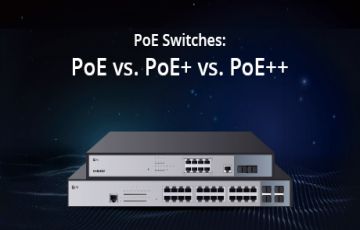PoE (Power over Ethernet) or Power over Ethernet is a technology that securely delivers both data and power over the same Ethernet cable to local area networks (LANs), so it’s a technology that saves customers time and money. Proven silver. On the current market, if you pay attention to the types of Power over Ethernet switches, you will see PoE switches, PoE + and PoE ++ switches. But how much do you know about these three types of PoE switches? What is their difference in PoE vs PoE+ and PoE++? And how to choose the appropriate among them? Let’s find out through this article.
1. What is PoE and PoE Switch?
What is PoE? PoE technology was defined by the IEEE 802.3af standard in 2003. According to this standard, PoE allows a PD (powered device – powered device) as VoIP phones receive PoE power up to 12.95W, using only two of the four twisted pairs available in Ethernet cables.
So what is PoE switch? PoE switch refers to an application of PoE technology. Acts as a kind of PSE (power sourcing equipment –) device supply power), PoE switch can power PDs via Ethernet cable to make network connection. In general, 802.3af switch supports maximum power consumption up to 15.4W per PoE port with a voltage range of 44V to 57V. And the voltage range of the PDs, connected to the PoE switch , is 37V to 57V.

2. What is PoE+ and PoE+ Switch?
PoE+ technology (IEEE 802.3at standard) is an upgrade of PoE technology, launched 2009. PDs in the market tend to require more power, like access points wireless requires more than 12.95W of PoE power to function properly. To solve that problem, this is PoE plus technology, which can support high power consumption.
Similar to switch PoE, PoE plus switch also provides power over two pairs, but it adds an extra power layer that can deliver up to 25.5W of power to a ranged PD voltage from 42.5V to 57V. The maximum power provided by each port of PoE + switch is 30W, along with a voltage range of 50V to 57V.
3. What is PoE++ and PoE++ Switch?
To power broader device applications, IEEE 802.3 standard is again required to upgrade its PoE+ technology to PoE++ (IEEE 802.3bt standard) in 2018. PoE++ can classified into two categories: Type 3 and Type 4.
Class 3 allows two or all four twisted pairs in a copper cable to provide up to 51W of PD power.
Category 4 up to 71W at one PD over four twisted pairs in Ethernet cable .
Cisco’s proprietary technology is Cisco UPoE (universal Power over Ethernet – Common Power over Ethernet) works similarly like PoE++ Category 3, extending the IEEE PoE+ standard to double the power for the PD to 51 watts. In some cases, UPoE is also known as PoE++.
As an upgrade to Power over Ethernet switches and PoE plus switches, the PoE++ switch can provide up to 60W per PoE port in Category 3 and up to 100W in Type 4.
4. Which PoE Switch vs PoE+ and PoE++ should I choose?
Based on the above mentioned introduction, the reference chart that summarizes the detailed specification between PoE vs PoE+ vs PoE++ is shown below, which can be helpful when choosing a PoE switch depending on different requirements.

Note that the figures presented are theoretical only. In practice, PoE line switches often oversubscribe the total power power of a single switch with more ports. That’s because many devices will use less than maximum capacity. For example, if you have an adapter with all PoE++ Type 4 ports, that doesn’t work which means you will be using them all at 24×7 maximum load. Therefore, you need to calculate the power requirements for all powered devices you intend to connect for the conversion. and select the corresponding patch cable for your PoE design.
Clearly, the big difference between PoE switches versus PoE+ and PoE++ lies in their working mode and power supply, which is reflected across their applications. 802.3af switches are commonly used to support devices that require less than 15.4W of power supply, such as VoIP phones, sensors, meters, wireless access points with two antennas and static surveillance cameras, which simply cannot rotate, tilt or zoom. As for PoE+ switches, it supports devices such as more complex surveillance cameras that pan, tilt or zoom, as well as wireless access points with six antennas and video IP phones. With higher capacity capacity, PoE++ Category 3 switches can support devices such as video conferencing system components and building management equipment. And PoE++ Category 3 switches can support devices like laptops and TVs.
5. Using POE for Surveillance Camera
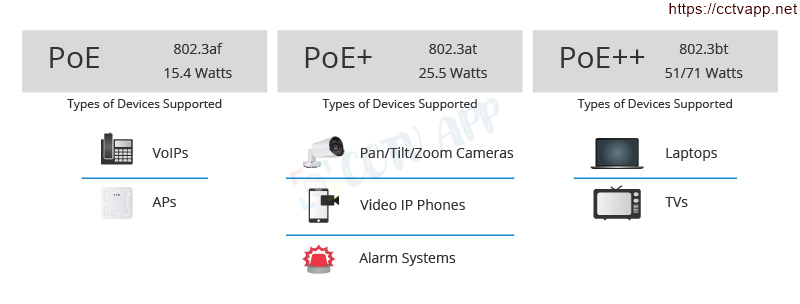
Assuming that your data center requires only low standard power, you can include PoE switches. However, if you want to build a robust and high performance network More powerful with a variety of devices, and don’t want to worry about port limitations, then choosing a PoE+ or PoE++ switch will be the right choice. When starting to build your infrastructure tiers with higher requirements, or planning an upgrade, see if PoE+ or PoE++ technologies may be wiser. However, not everyone needs a full upgrade. If current PoE solution If your network is appropriate and fits your needs, it may make sense to keep your existing PoE network design.
Currently, most POE switches sold from manufacturers such as Dahua, Hikvision, Kbvision, UNView all support IEEE 802.3af, IEEE 802.3at transmits power and signal over 2 pairs of wires (4 fibers 1,2,3,6).
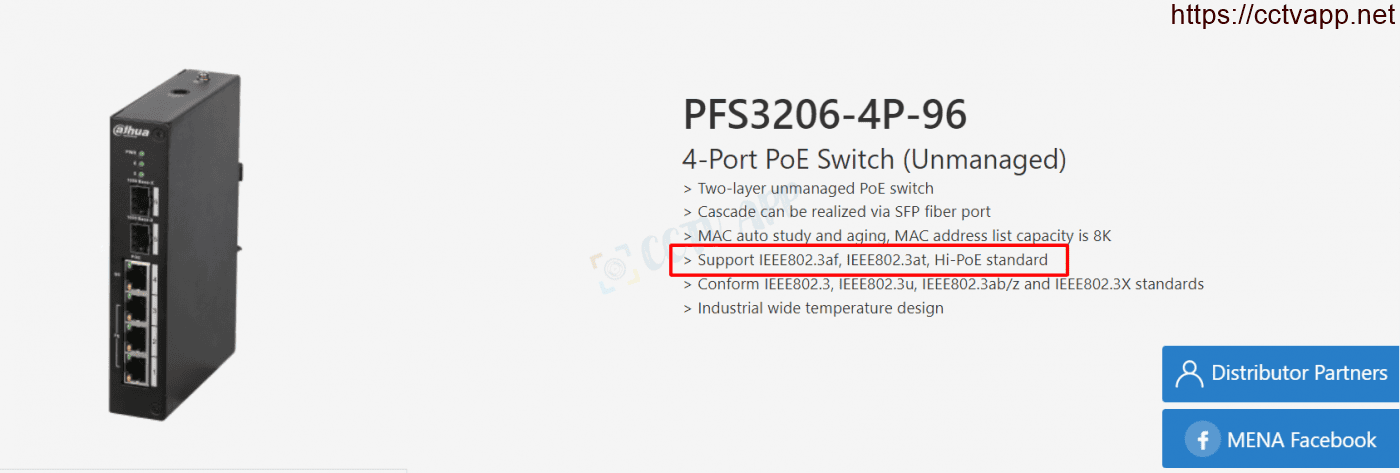
Thanks for watching!!!
Reference source: https://sss.net.vn/


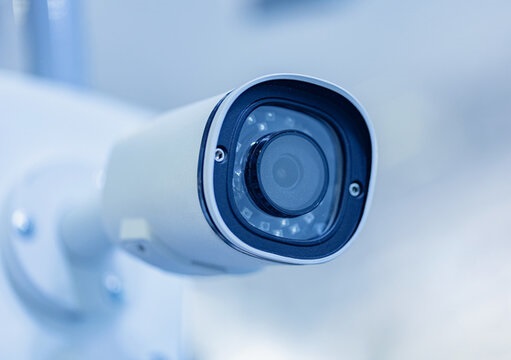





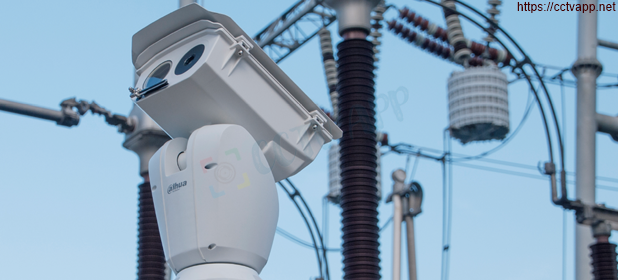
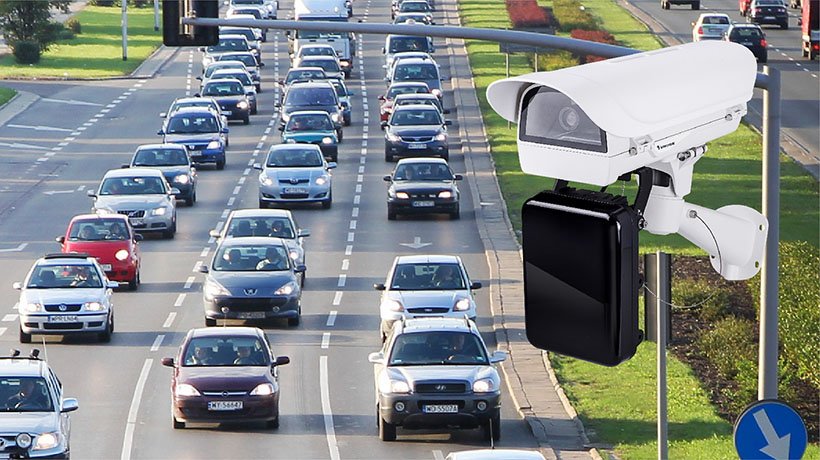





 Tiếng Việt
Tiếng Việt
